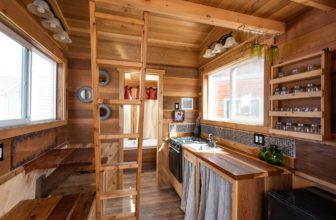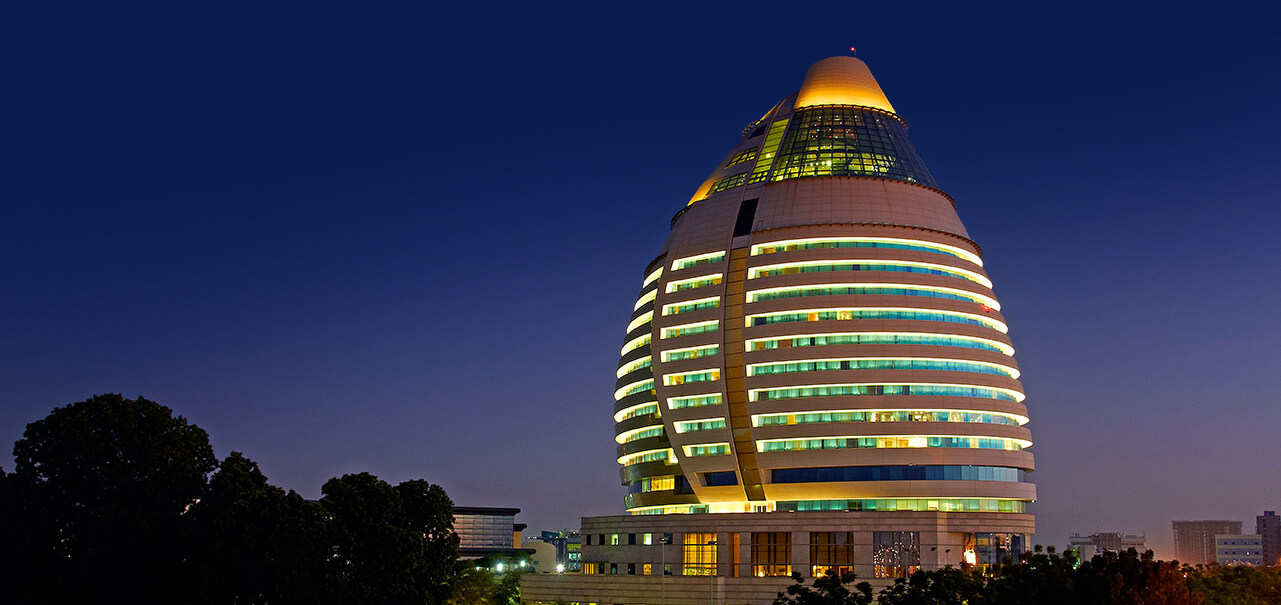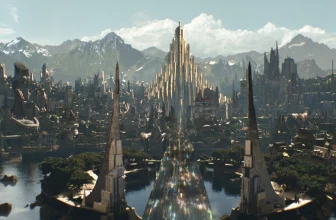As absurd as the title may sound, it was the name of the symposium Peter Zumthor attended more than two decades ago, which has kept influencing his perception of architecture till today. In this article, I attempt to perceive architecture as an enclosed formless space of atmosphere which evolves following the elemental truths of the physical dimension such as light, sound and energies. It would be nearly impossible for me to explain this context without supporting the thoughts involved in Peter Zumthor’s works and writings. Zumthor is a Pritzker 2009 laureate Swiss architect who is known for his architectural works which blur the boundaries of architecture as a physical entity. To achieve this, Zumthor focuses on the elements which we sense within and around any built environment. He believes that these elements could be altered to achieve varied outcomes which have the ability to enhance any experience.

Blur Building for Swiss Expo Pavilion, 2002 / Architect: Diller Scofidio + Renfro / Photography: Beat Widmer
Humans perceive the physical realm through sensory organs. As we enter any space, through our senses we feel the atmosphere, initiating phenomenological reactions in our mind, concluding the experience of our existence. While moving through spaces, often we are lost in our lives, blurring our senses until the atmosphere is strong enough to divert our attention. Peter Zumthor, in his book Thinking Architecture, emphasises on exploring spatial experiences which act as a reservoir of atmospheres to rely upon during the design phase of his projects. All of us have experienced atmospheres composed of cities we’ve visited, places we’ve lived in, people we’ve interacted with, and the objects that have made their presence felt. These are the extents of each one of us in the scope of infinity. Such experiences help us understand the meaning in a situation, interaction and existence.
Zumthor expresses architecture as a physical poetry, symbolic, but, on further understanding, one realises the truth. Architecture composed of emotional connections which create eternal memories. In the book Atmospheres, Zumthor has framed 9 elements which compose the atmosphere of architecture, which has potentially inspired me to develop the understanding of perceiving architecture elucidating each sense.
Visual
The visual context in any atmosphere is the most evident element in presence. We are always surrounded by visual elements in space and time. They could be natural or artificial, utilitarian or just art. But even art has a utility of erupting thoughts. Architecture in visual context is composed of construction materials, furniture, construction details and objects of utility or art, each with its own colour and texture. These elements should come together to a unified notion of the building. Amongst materials, there should be a sense of compatibility to each other. Any given material can produce varying outcomes in creating atmosphere. For instance, a stone block with a smooth finish would act differently than a rough block in the way we sense it, and would be largely altered when composed with wood or glass. Materials have an infinite capacity of creating atmosphere by altering their proportion of composition.
To emphasise the dramatics of any atmosphere, it is essential to understand the phenomenon of light and shade. It involves the position, orientation and intensity of natural and artificial light in the volume. Will it be diffuse or direct? How would it cast the shadow? How will the materials reflect it? How would the artificial lights radiate space during the night? And most particularly, how will the interactions of light and shade intensify or soften the atmosphere.

Memory Void in Jewish Museum, Berlin / Architect: Daniel Libeskind / Photography: Wojtek Gurak (on flickr)
Zumthor is inspired by the harmonic, rhythmic music such as “The Four Seasons” by Vivaldi and tends to replicate the same sense of visual rhythm and harmony in the pure skeleton or body of architecture. “The body! Not the idea of the body – the body itself! A body that can touch me”
Auditory
“Architecture is like a large instrument, collecting sound, amplifying it, transmitting it elsewhere” The Sound of Space is just as essential as visual elements in conceiving the atmosphere of space. These sounds are composed entirely on the basis of the architecture’s purpose, it’s inhabitants, and the surfaces of the materials it’s interior is composed of. Then there are peculiar sounds of space which create its identity and an eternal association of memory.
Each building has its own sound. Zumthor imagines extracting all the foreign sounds from a building and believes each building to emit a kind of a tone. Something which isn’t particularly caused by friction and could be observed within a soundproof environment. And the sounds caused by friction, have a significance in itself, like the sound of your footsteps on a wooden floor or the rattling plants in the courtyard.
Smell
Though this sense is not particularly elaborated in Zumthor’s writing, he hasn’t overlooked its pertinent significance in composing atmosphere. In Therme Vals, Switzerland there is a dedicated pool called the Flower Bath, where the user is initiated to explore the smell. The atmosphere is composed of lavender oil vapors and floating marigold petals.

Interior of Dominion Office Space, Moscow / Architect: Zaha Hadid Architects / Photography: Hufton + Crow
This element of composing atmosphere is largely overlooked, but to me smell has the potential to rejuvenates my mind and tranquilize my soul. It’s beyond this physical dimension which makes me feel alive.
Touch
The most initial element that touches our presence within any built environment is The Temperature of Space. Every physical substance we know of has a certain temperature in equilibrium with the surrounding space. It also includes the construction material of the built environment. For instance, in cold, wood absorbs and radiates warmth while steel further subtracts the temperature. To justify, Zumthor explains the Swiss Pavilion which was primarily constructed of wood and perfectly demonstrates this phenomenon. So, the constituent materials of space define the temperature of its atmosphere.
Taste
I think this sense is not of great relevance to the atmosphere of architecture, but what is of great relevance is how architecture enhances the experience when it becomes active along with other senses, like while we’re eating with music in the backdrop, submerged in dim light.
Conscious Form
On exploring architecture through each sense, one could feel it’s presence which provokes a certain emotion in ourselves. With each of it’s integral elements in coherence, it could make us feel engulfed in it or open us to the infinity of sky, and this, somewhat metaphysical form is the true essence of architecture.
In Zumthor’s words “There is something bigger in the world than you are” and I believe in such state of bliss enlightened by our senses, architecture has the potential to make us realise the energy, vibe and soul within the space and ourselves.
Written by: Dhruv Kohli
Edited by: Aiysha Alsane
References:
Zumthor, Peter. Atmospheres: Architectural Environments, Surrounding Objects. Birkhäuser, 2006
Zumthor, Peter. Thinking Architecture. Birkhäuser, 1998






